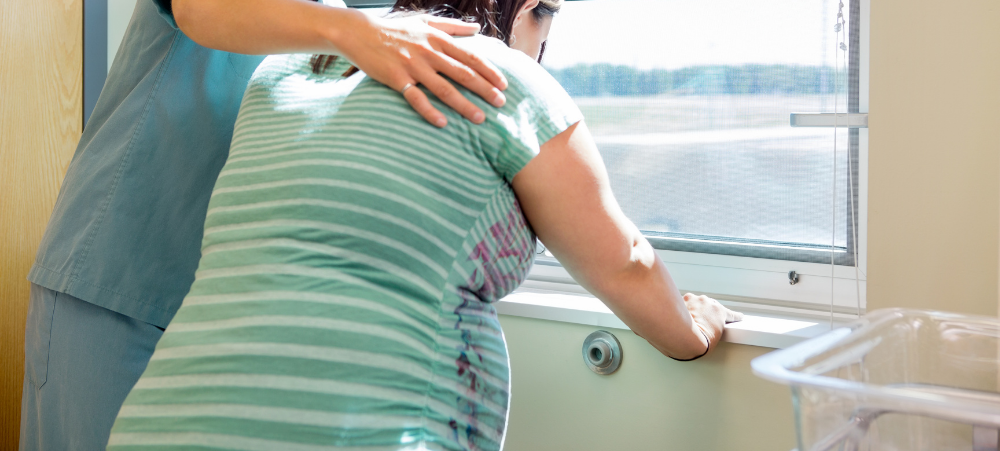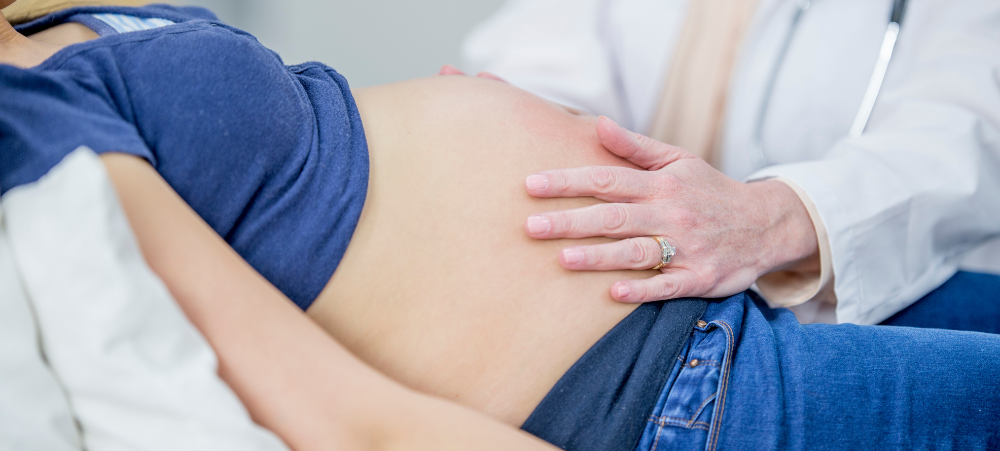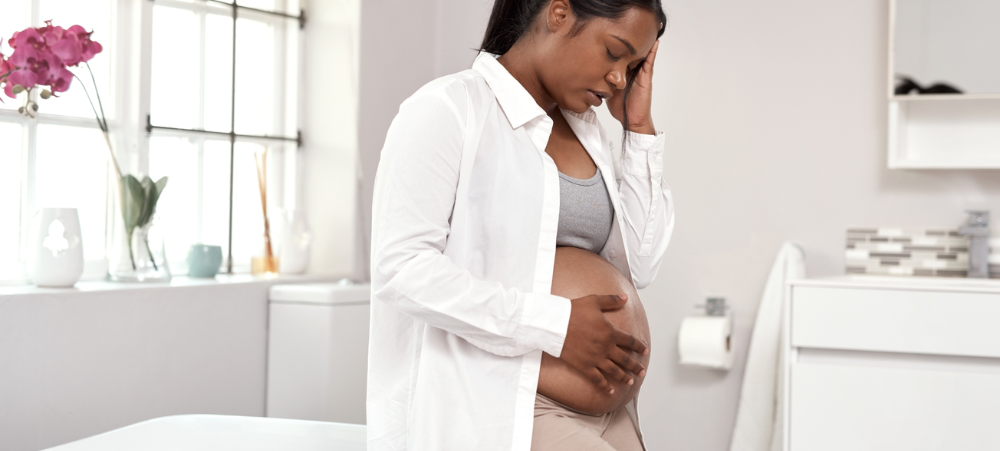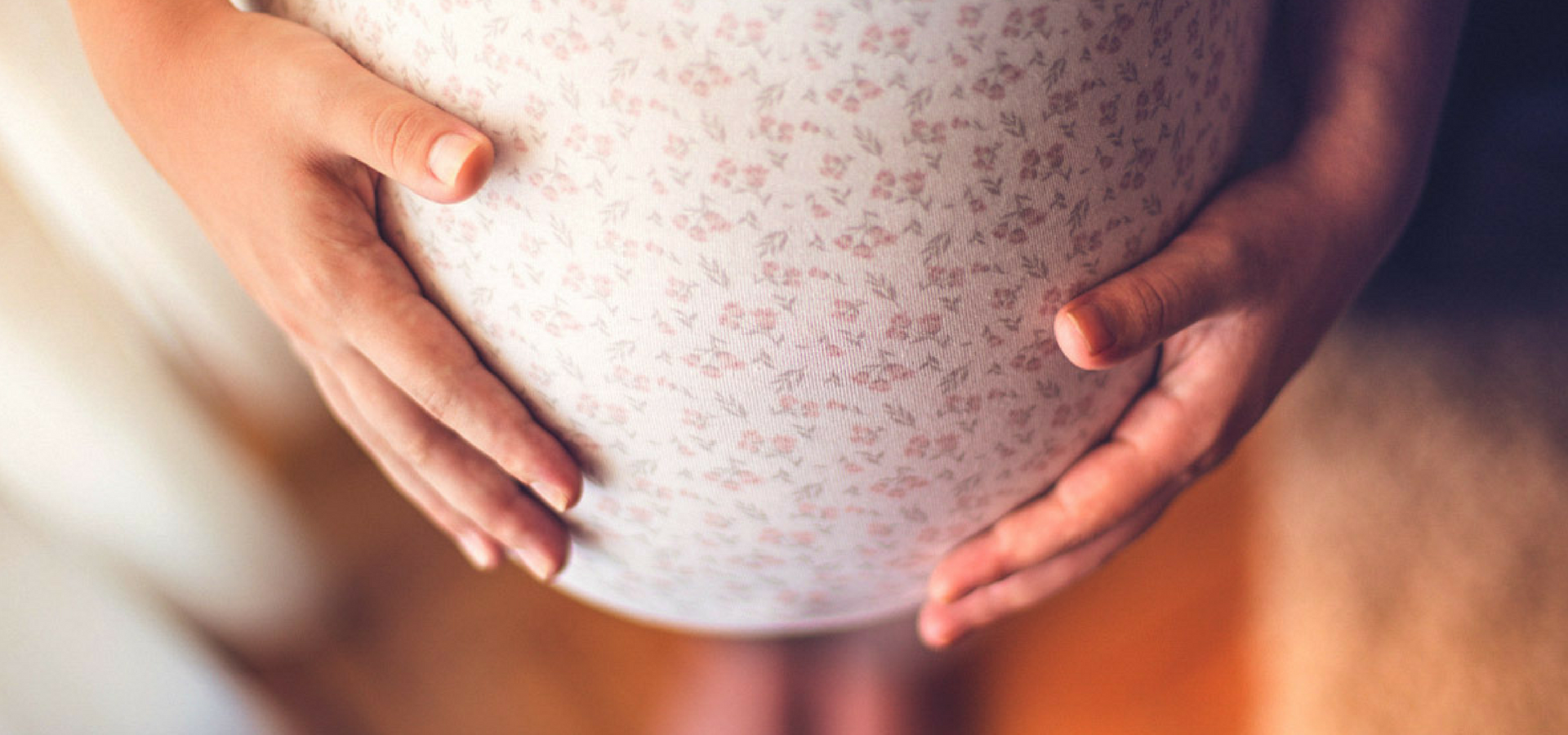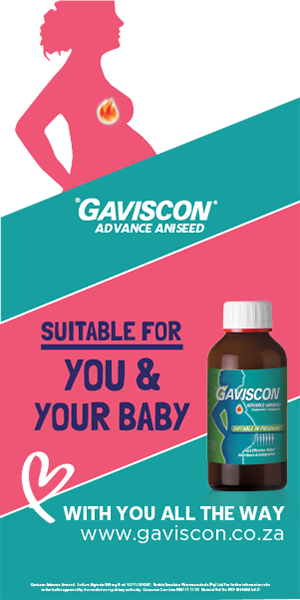An unexpected pregnancy can bring upon a slew of emotions. Should you feel excited? Should you feel stressed? Maybe a mix of both? Regardless of how you feel, there’s one thing for certain: It’s going to put a damper on your budget, even if you’re doing okay today. An unexpected pregnancy is possibly one of the most common life-altering events when it comes to your budgeting, and many soon-to-be parents are often shocked at how much a baby can really cost you. While my last pregnancy was expected, my first came as a shock. I figured, at the time, I would have nine months to plan and it would be enough time to straighten out my financial obligations so that I could enjoy motherhood to its fullest. After all, your babies don’t stay small for long, trust me on this one. To help you budget and enjoy your newborn instead of stressing out about your finances, here’s what I did when approaching my finances: Evaluate Your Needs It’s no secret a kid isn’t cheap. In fact, the USDA says it can cost $245,000 to raise a child until they reach the ripe age of 18. During my pregnancy, I needed to focus on what my child would truly need to survive. This included the obvious: diapers, food, health care, a car seat, clothes and hygiene products. Honestly, that’s it. While a baby bouncer or one of those cute baby play mats are great, it really isn’t necessary, especially if you’re on a tight budget. The same can be said about the furniture. Don’t splurge on the fancy $800 diaper changing table made from cherry wood or that $500 designer branded diaper bag. After all, it’s for a baby and things are going to get messy. Don’t forget to throw a baby shower as your loved ones can pitch in and really help you with what you need. Again, while it’s tempting to scan everything at the baby registry, again, only put the things you truly need. If anything, ask for diapers as you will need lots! Even if you plan on having a baby shower, you still won’t get everything, so create a list of all the things you need, not want, and write down how much each item will cost if you were to be as frugal as possible. For example, a gently used stroller can often be found at a local consignment shop for less than $50. The same can be said about baby clothes. Remember, your baby will outgrow their outfits fast, so don’t be surprised if they only wear it once or twice. Look at Your Healthcare Options The minute you know you’re pregnant, the first thing you will probably, and should do, is visit the OB/GYN. While it’s hard to budget for immediate healthcare since you will need it today, it’s so important to take care of your health and visit your doctor as soon as possible to get things rolling. Even if you don’t have health insurance or feel your policy isn’t adequate enough, a good doctor’s office will be able to explain what you’re going to owe, help you setup a payment plan and/or even get you in contact with the state to see if you qualify for aid. Even if you have the best insurance policy possible, it’s important to research it to know what’s going to be covered as many policies have restrictions on who you can visit and how many appointments you can have. Taking Your Income and Expenses into Consideration With my first pregnancy, I was still finishing my bachelor’s degree, and at the time, I had to rely on my husband’s income, which is kind of scary now that I think of it. While I was making some income working part-time freelance writing, it wouldn’t have been enough to pay the bills to survive. Plus, I had to keep in mind that even if I had a great paying job, I would have had to take off a few weeks after the baby to recover. For some, it could be even more time off if you were bed ridden during the pregnancy or had complications during the birth, so this is something to take into consideration. With all that being said, now is the time to start tracking your income and determine how much you can save when your baby is born. Plus, using the list you made, as stated in my first point, you can determine how much you’re going to need for all the necessary supplies. Even if you’re able to save $100 per month for the next nine months, this is an extra $900 that can go quite far in terms of diapers and formula. Remember, your child is going to be your number one priority now, so it’s best to avoid eating out, drinking those fancy $10 drinks at the bar and taking those weekend getaways that cost $500. Every dollar you can save can help save a lot of stress in the future, trust me. Aside from saving a fixed amount of money, it’s also important to plan what your expenses and income are going to look like when the baby arrives. When the baby arrives, you’re going to want to figure out when you’re going to go back to work, and if you do, who’s going to take care of the baby? Factor in the diapers, formula, daycare if needed and necessary starter accessories for survival. Remember, a good daycare can easily cost $200 per week, if not more, in a higher cost of living area. Lastly, Don’t Panic! An unexpected pregnancy won’t be the end of the world. When I really look back at it, there’s never a good time for a pregnancy as there always seems to be an excuse. If you plan it right and you know where your money is going, your stress levels can lower quite a bit. Plus, if your baby has the necessary essentials, a




